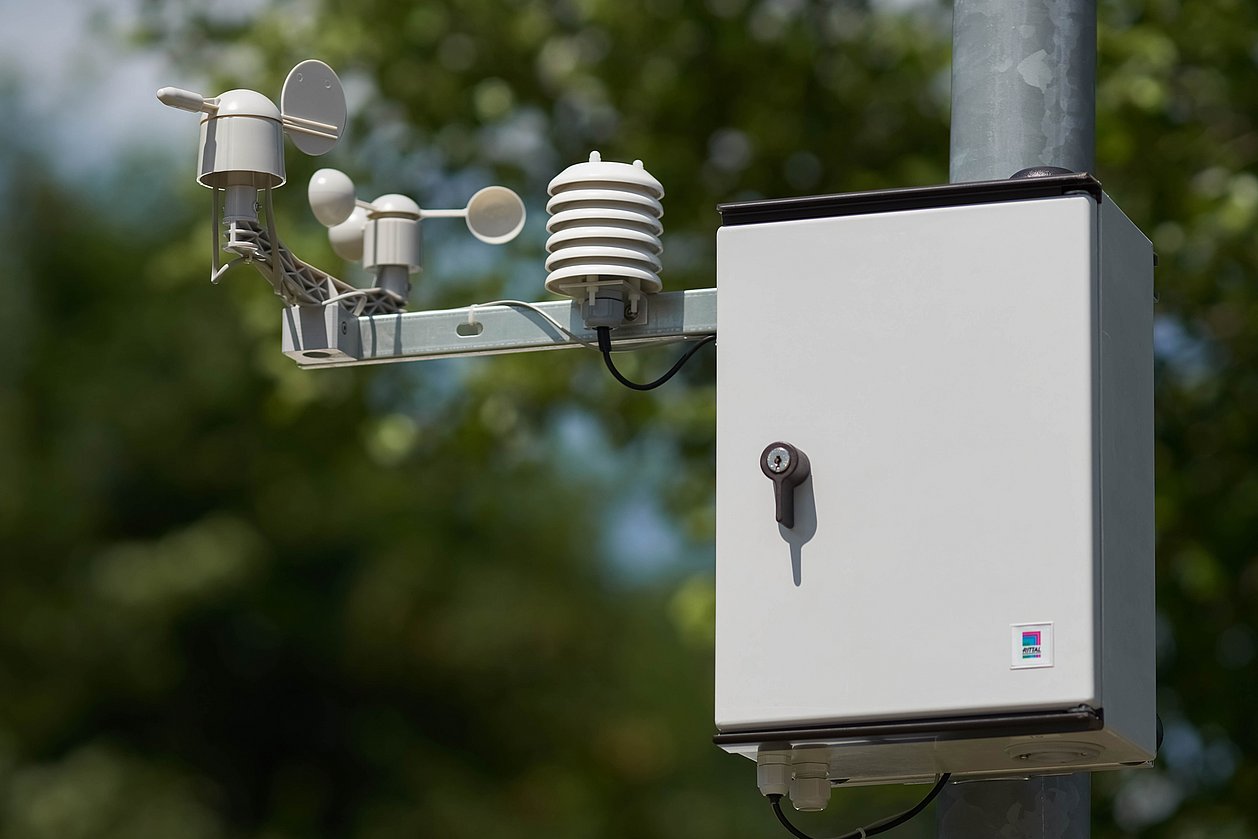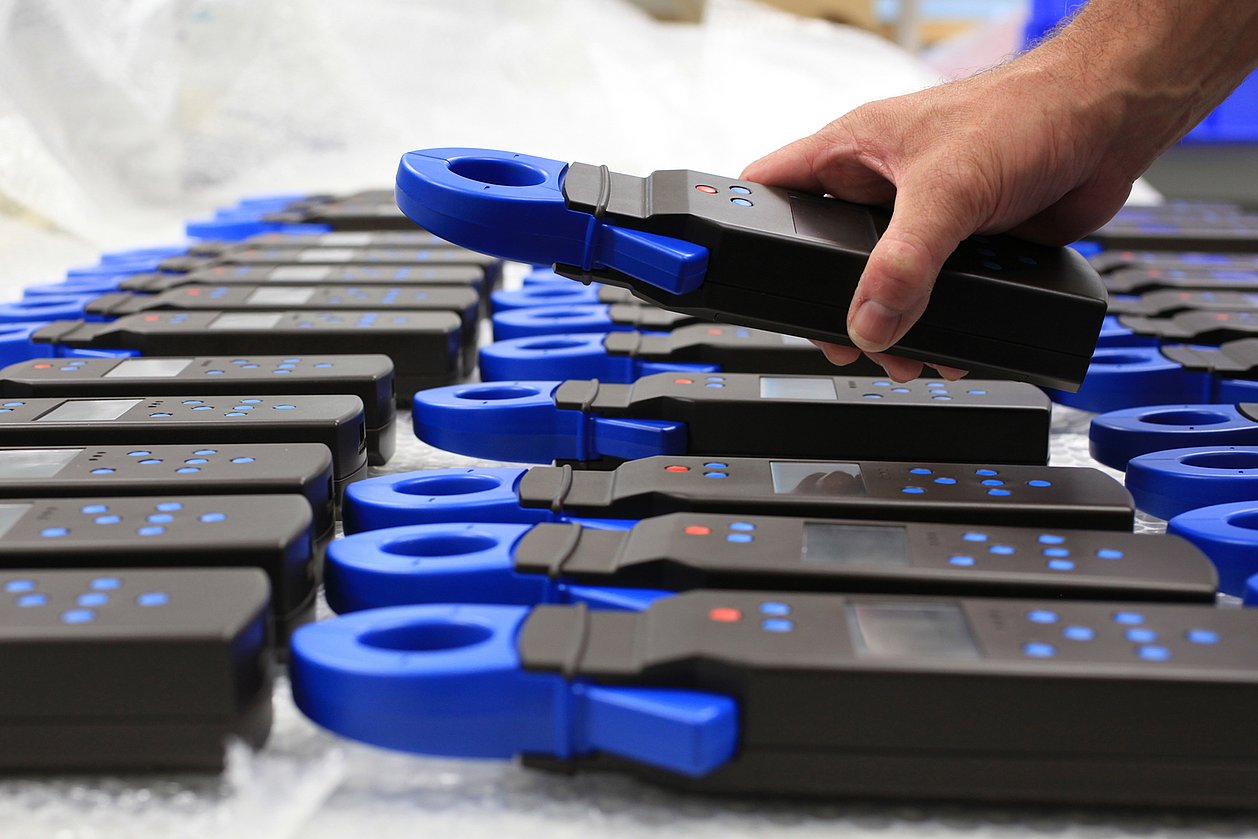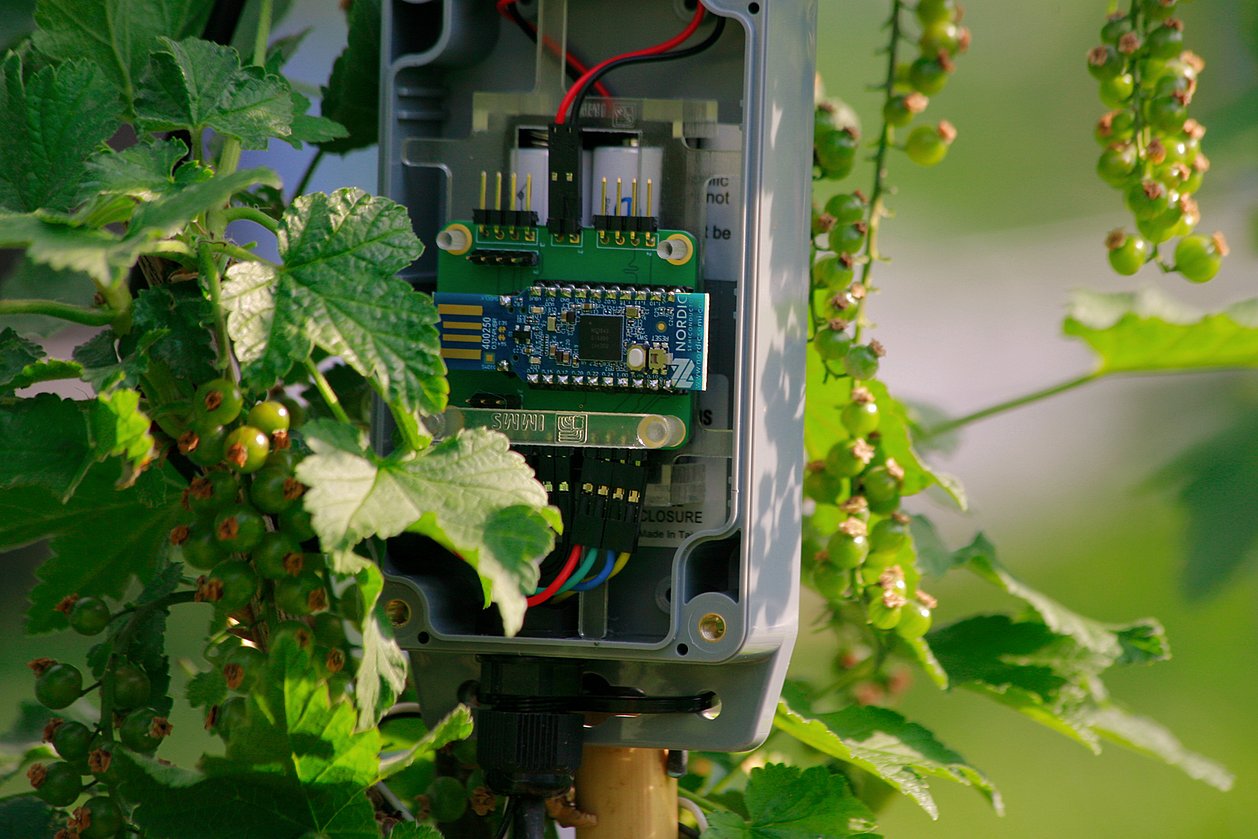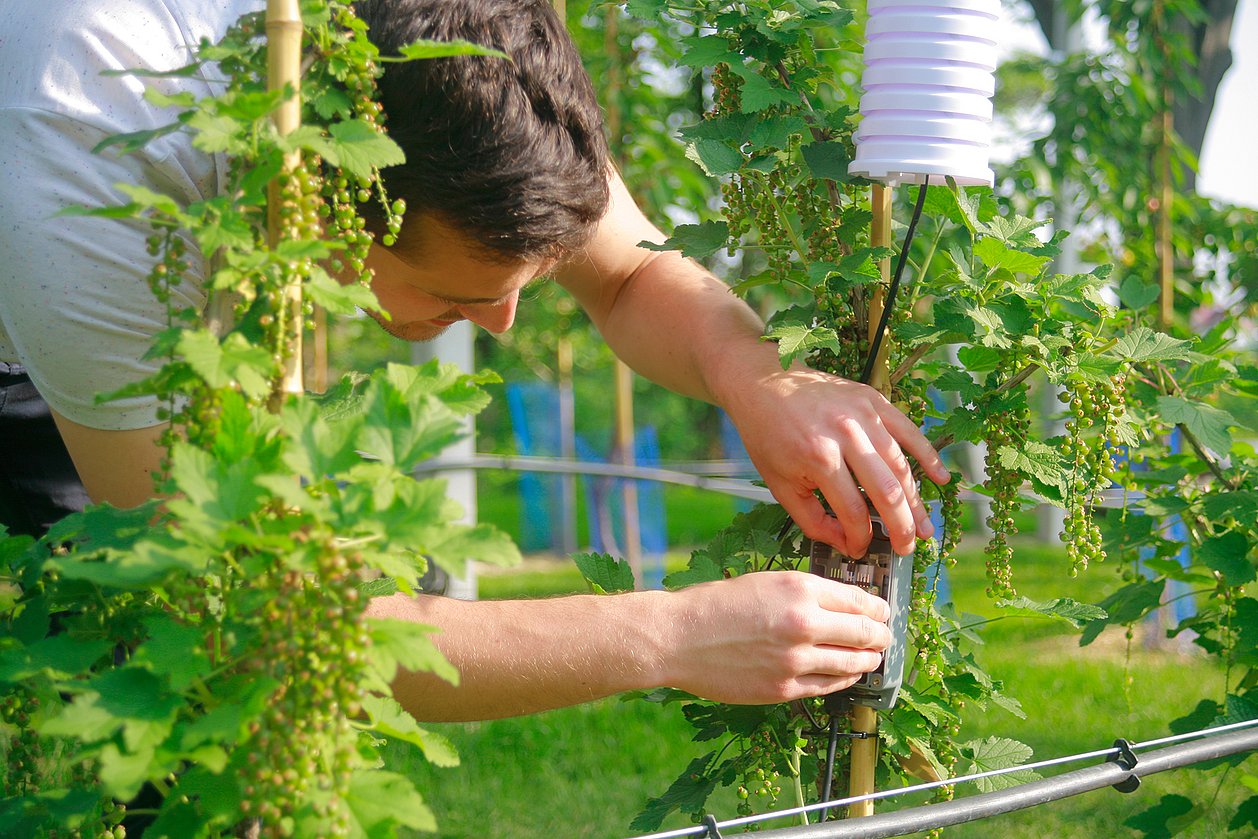Sebastian Miethe, M.Sc., Embedded Software Engineer
“IMMS has always supported students with practice-oriented topics and methods that are possibly not available at universities. Here, many students of the TU work on their final theses or as assistant scientist and the supervision conditions at IMMS are very good. This, and the technical know-how helped me to work on my master thesis.“
”Already during my bachelor studies at the Ilmenau TU and especially during my master studies in electrical engineering, I was mainly concerned with communicationstechnology. It is ubiquitous in today’s world due to mobile radio, wireless sensor networks and digitalization of almost every sector and therefore more important than ever. There are many exciting research questions to be answered, which is why I wanted to write my thesis in this topic. Due to the research and development in the field of wireless sensor networks at IMMS, I was offered interesting topics for writing a master thesis. I was already familiar with the institute due to its closeness to the university as well as through a presentation by Professor Sommer in one of his lectures.
IMMS has always supported students with practice-oriented topics and methods that are possibly not available at universities. Here, many students of the TU work on their final theses or as assistant scientist and the supervision conditions at IMMS are very good. This, and the technical know-how helped me to work on my master thesis with the title ’Evaluation of the interoperability of different protocol implementations for wireless sensor networks’, which was supervised by Silvia Krug. She gave me feedback and impulses that helped me to set the right focus. After successfully defending this work, I started directly working at IMMS as a research assistant in the department of system design. I am still very well looked after, and now I am starting my first own publications.
In the EXPRESS project, I am currently working on the application of technology in agriculture, for example, the use of wireless sensor networks in viticulture and fruit-growing to record microclimatic parameters for early warning of fungal infestation or the monitoring of soil water content for efficient irrigation management in dry periods. Within the project we can test several of these techniques on experimental plots, which will also serve as a showcase for farmers to introduce them to the new techniques. The agricultural background gives the project practical application scenarios that require interdisciplinary thinking and action. The contact to other project partners and the exchange with agriculturists about their views and problems create many interesting insights into topics that are new to me and make ’EXPRESS’ an exciting project.“
Related content

Project
EXPRESS
IMMS is working on autonomous modular sensor systems for cost-effective options for data collection in agriculture.
Comparing BLE and NB-IoT as Communication Options for Smart Viticulture IoT Applications
Silvia Krug1,2. Sebastian Miethe1. Tino Hutschenreuther1.2021 IEEE Sensors Applications Symposium (SAS), SOI: doi.org/10.1109/SAS51076.2021.9530069, 23 - 25 August 2021, virtual conference
1IMMS Institut für Mikroelektronik- und Mechatronik-Systeme gemeinnützige GmbH, 98693 Ilmenau, Germany. 2Mid Sweden University Sundsvall, Sweden.Evaluation of Interoperability Between Various Implementations of the Thread Protocol Stack
Sebastian Miethe1. Silvia Krug1.Workshop on Tools and Concepts for Communication and Networked Systems (TCoNS), 2 October 2020, Karlsruhe
1IMMS Institut für Mikroelektronik- und Mechatronik-Systeme gemeinnützige GmbH, 98693 Ilmenau, Germany.





